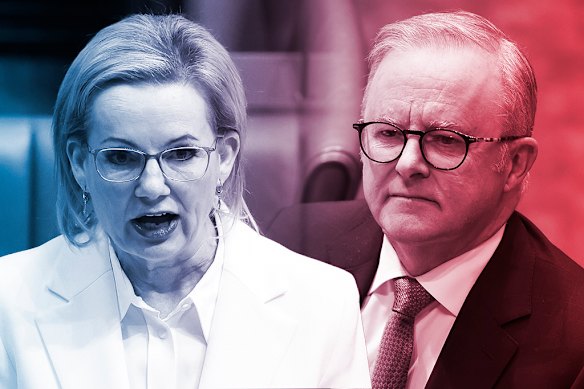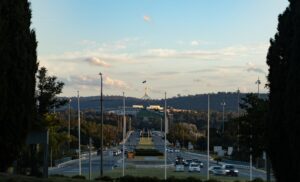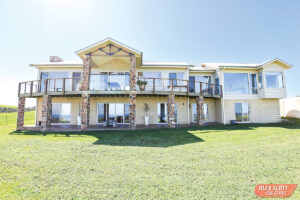
Support for the Australian Labor Party has reached its highest level in two years, reflecting a strong backing for Prime Minister Anthony Albanese following his election victory. According to the latest data from the Resolve Political Monitor, conducted with a sample of 1,800 voters, Labor’s support has increased by two points over the past month, now standing at 37 percent. This marks the highest level since just before the Voice referendum in October 2023 and a notable rise of 2.5 points from the May election results.
Meanwhile, the Coalition’s primary vote remains stable at 29 percent, while support for the Greens also holds steady at 12 percent. The increase in Labor’s primary vote appears to have come at the expense of minor parties, with One Nation seeing a slight uptick to 9 percent, nearly three points higher than its federal election result.
Labor Expands Lead Over Coalition
On a two-party preferred basis, Labor has widened its lead over the Coalition to 59-41, its strongest performance since April 2023. If this trend were to reflect national voting patterns in an upcoming election, Labor could potentially gain additional seats, building on the record 94 seats it won during the federal election. This could include Coalition-held electorates such as Longman in Queensland, La Trobe in Victoria, and Forrest in Western Australia.
Jim Reed, director of Resolve Strategic, remarked that Labor is “sitting pretty” with its enhanced primary and two-party preferred vote. While the Coalition has not lost further ground, it is also not making significant progress in regaining support. Reed noted that despite Albanese’s overall favorable numbers, he continues to face challenges regarding his personal popularity, while Sussan Ley, the leader of the Liberal Party, has emerged as the most likable Member of Parliament according to voter sentiments.
Coalition Eyes Future Challenges
Ley’s deputy, Ted O’Brien, is also being recognized as a valuable asset for the Coalition, contributing positively to their public image. While the Liberal Party faces a challenging political landscape, Ley’s increasing favorability among voters may provide some optimism for the Coalition as they strategize for future elections.
As Labor’s support grows, the dynamics within Australian politics continue to shift, with Albanese and Ley positioned at the forefront of their respective parties. The political landscape remains fluid, and both leaders will be keenly observing voter sentiments as they prepare for the challenges ahead.







